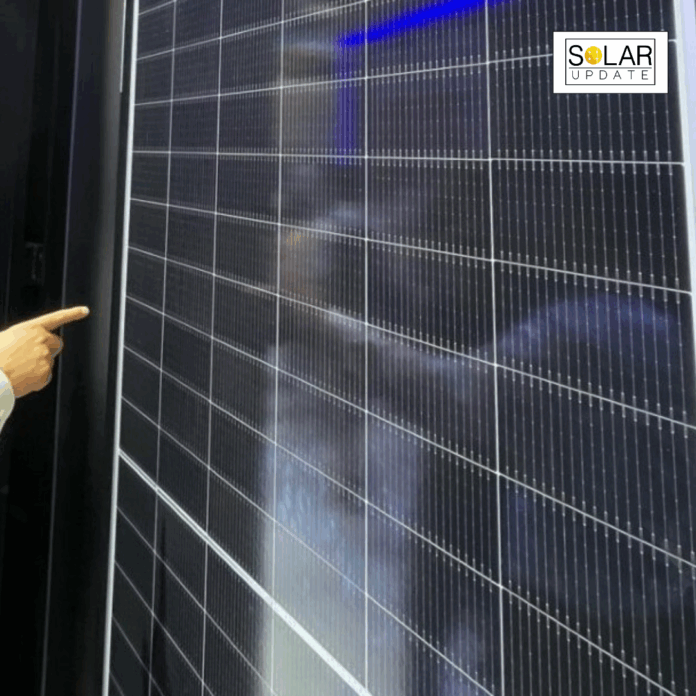Chinese solar manufacturer Longi has achieved a major breakthrough by reaching a power conversion efficiency of 34.85% for its two-terminal tandem perovskite solar cell, setting a new world record for this type of device.
The result was certified by the U.S. Department of Energy’s National Renewable Energy Laboratory (NREL), confirming the performance and making it a significant milestone in photovoltaic research.
📈 Breaking Its Own Record
This achievement surpasses Longi’s previous record of 34.6% efficiency, set in September 2024. At that time, the company had published a detailed scientific paper outlining the cell’s design, which was first introduced in November 2023.
🚀 Crossing the Shockley-Queisser Limit
Longi’s new result is the first certified efficiency to go beyond the Shockley-Queisser limit of 33.7% for single-junction solar cells, marking a significant advancement in tandem solar cell technology.
🔬 The Science Behind the Cell
The record-breaking efficiency is attributed to a bilayer interface passivation strategy designed to optimize both electron transport and hole blocking. This involves:
- A thin layer of lithium fluoride (LiF), which enhances passivation while minimizing resistive losses.
- The use of ethylenediammonium diiodide (EDAI) molecules, which chemically passivate areas not covered by the LiF layer, forming localized nano-contacts at the perovskite/C60 interface.
Together, these innovations suppress interfacial recombination and improve charge extraction, leading to better overall performance.
🏗️ Advanced Cell Structure
Longi’s team also employed a patented design for silicon heterojunction solar cells using an asymmetric textured surface:
- The front surface has a fine texture that supports the formation of the perovskite film.
- The rear surface features a standard large-texture design to enhance passivation and infrared spectral response.
As a result, the cell achieved an open-circuit voltage of 1.97 V and a fill factor of 83.0%, both key indicators of high-performing solar devices.
🤝 Backed by Academic Powerhouses
This breakthrough was made possible through collaboration with:
- Suzhou University
- Huaneng Clean Energy Research Institute
- The Hong Kong Polytechnic University (HKPU)





